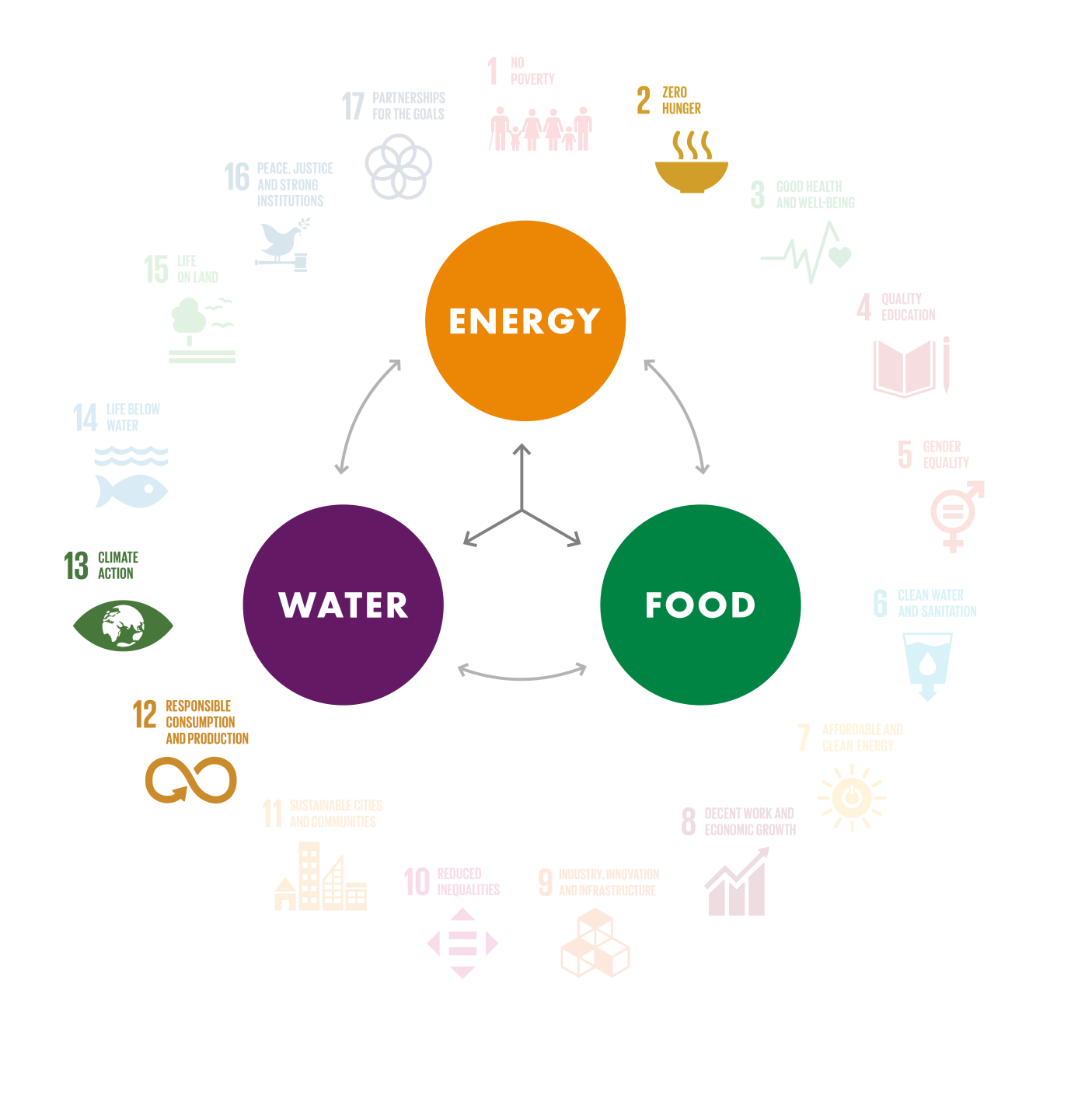NXplorers students at the Al Alaa Bin Al Hadrami School in Oman turned waste paper into a natural fertiliser which helps cultivate basic agricultural crops for the local Omani community.
The typical process of paper disposal has a negative impact on the environment. One of the methods for disposal is for paper to be burned, but this causes air pollution and poses a danger and nuisance to the local environment and local community members from the potential spread of fire and the smoke. Paper is also sent to the landfill but burying it can affect the groundwater and pollute it with toxic substances.
The students discovered that in their school, around 60 to 70 paper stacks were used per semester, equating to 90,000 to 105,000 individual sheets of paper. They wanted to find a more sustainable waste paper disposal method that could mitigate the negative impact and maximise the positive impact on the environment.
The Omani NXplorers student team wanted to stop the high percentage of waste paper being disposed of inadequately. While it is one of the largest culprits leading to a build-up of waste, it is a problem that is easy to intervene and act upon. They began by setting up containers in different places around their school so that all paper could be collected at source and instantly recycled.
After grinding all the paper down into smaller pieces, the students then developed a chemical solution that could convert the waste paper into a natural fertiliser. Paper is made of cellulose which can be a useful source of carbon for fertilisers - carbon provides energy for microorganisms that then break down organic matter. When the students mixed the chemical solution with the paper they were able to create a nutrient-rich, natural fertiliser. They tested the fertiliser and grew healthy batches of tomatoes, onion and mint plants - it was a success!

The NXplorers students discovered how a small change can make a big difference. Natural fertilisers nourish soil, improving its structure and its ability to hold water and nutrients, therefore improving plant growth. The students were able to start growing plentiful fruit and vegetables for the local Omani community, but they also implemented a long-term circular habit in their school that could continually create a positive impact, by reducing waste and pollution, for the long-term.

We want to reduce the negative impacts of traditional disposal methods.
The simple solution the NXplorers students developed embeds sustainable practices, enhances agricultural production and protects the environment. Their solution contributes to several UN SDGs overall, including 2, 12 and 13.
2. Zero Hunger
End hunger, achieve food security and improved nutrition and promote sustainable agriculture
12. Responsible consumption and production
Ensure sustainable consumption and production patterns
13. Climate action
Take urgent action to combat climate change and its impacts

Diagram of the United Nations’ Sustainable Development Goals numbered in a large circle, each with a smaller diagram below to represent the specific Development Goal. All of the Development Goals are faded, apart from three of them:
2. Zero hunger
12. Responsible consumption and production
13. Climate action
Within the circle there are three circles in a triangle formation reading ‘Energy’, ‘Water’ and ‘Food’, with arrows to show how they are all interconnected.